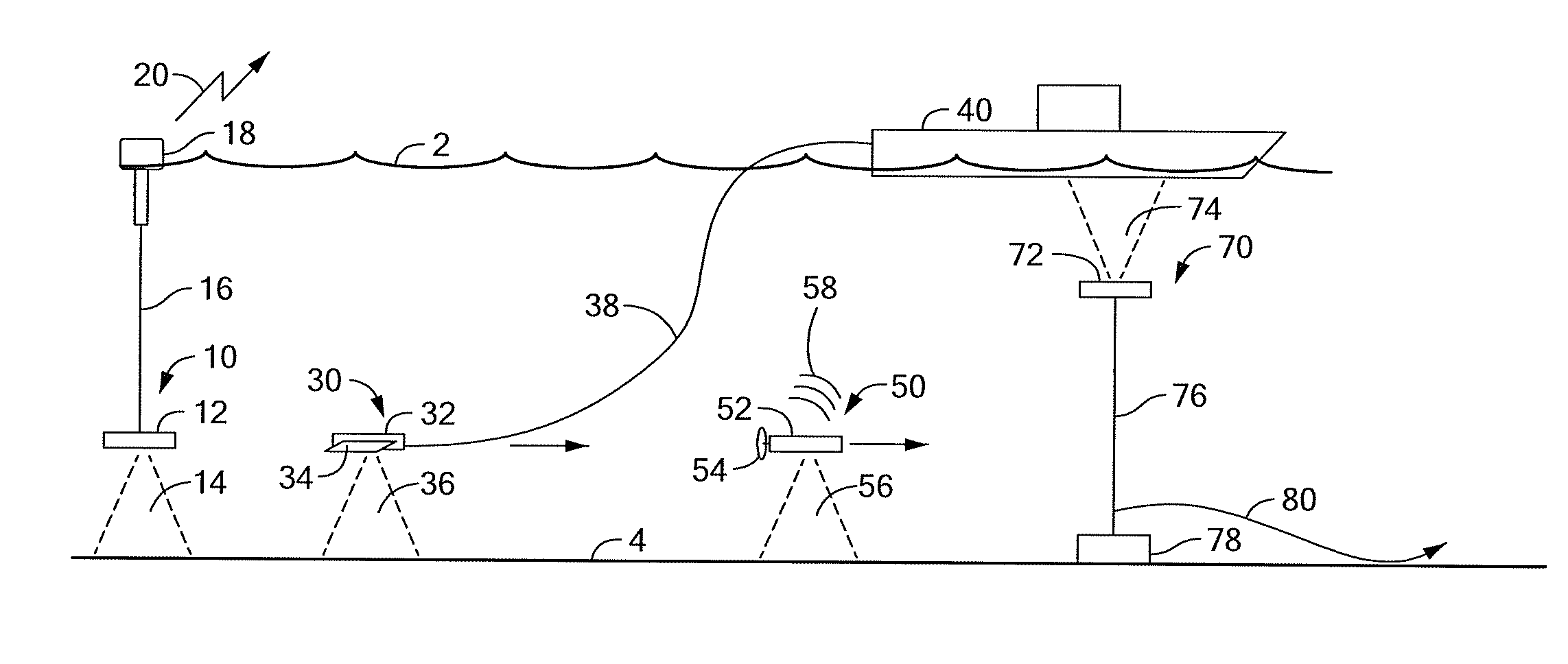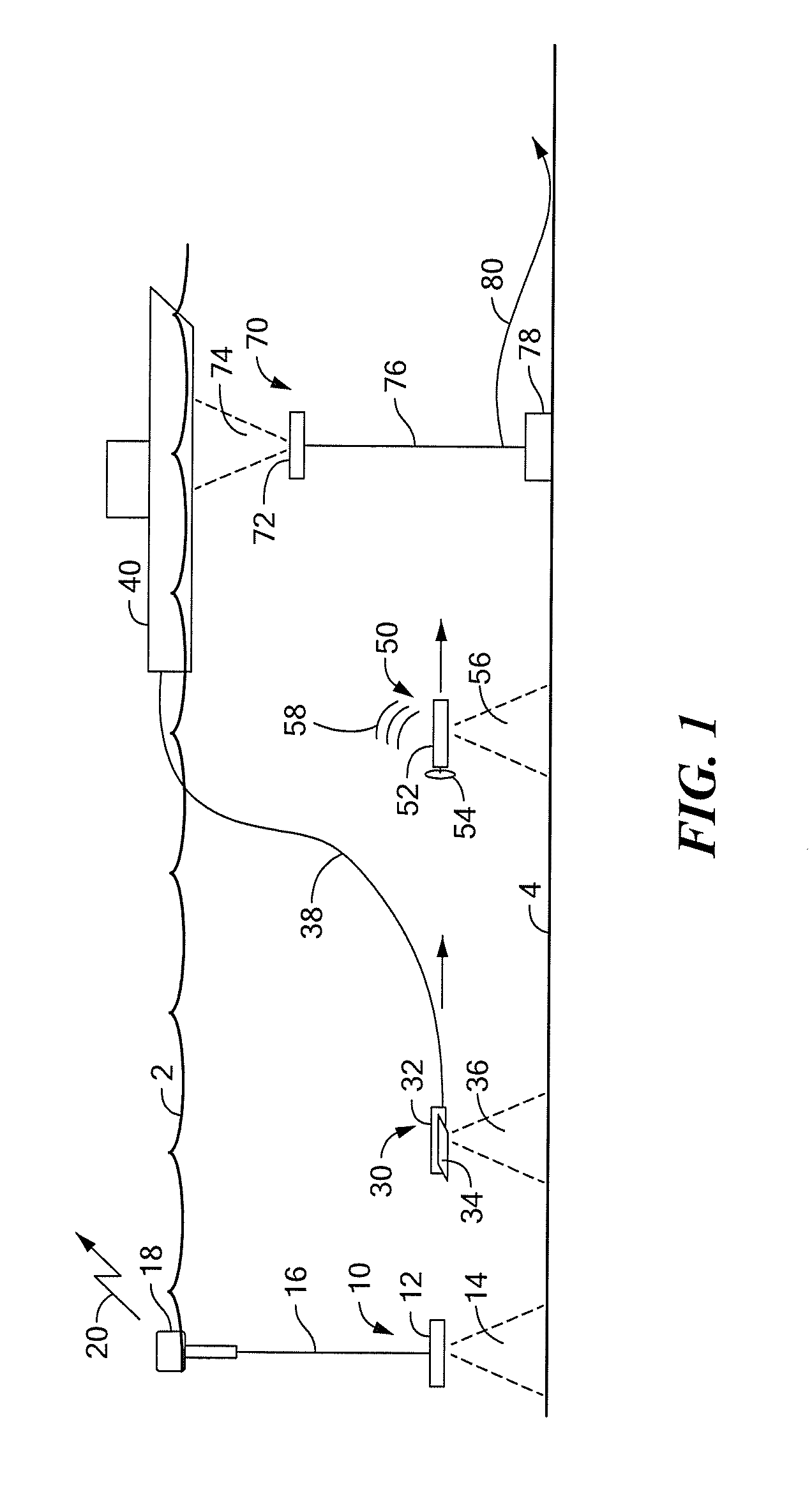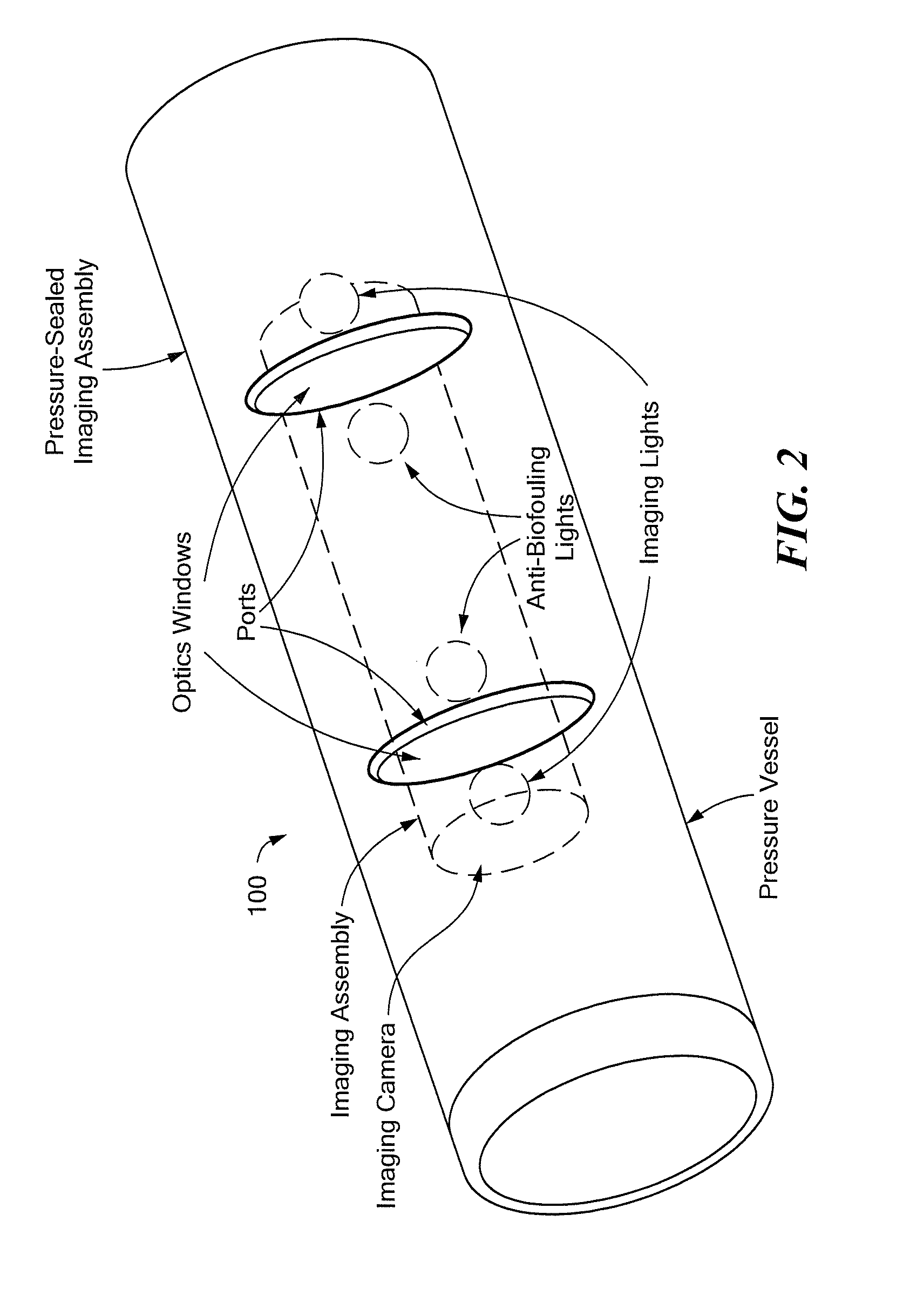Method and Apparatus for Anti-Biofouling of Optics in Liquid Environments
a liquid environment and optics technology, applied in the field of optics, can solve the problems of not being suitable for coating optics windows, reducing the quality of images generated by underwater optical systems, and affecting the effect of environment, so as to prevent the biofouling of underwater optical systems
- Summary
- Abstract
- Description
- Claims
- Application Information
AI Technical Summary
Benefits of technology
Problems solved by technology
Method used
Image
Examples
Embodiment Construction
[0027]Before describing the present invention, some introductory concepts and terminology are explained. As used herein, the term “optical system” is used to describe any system capable of generating an optical image upon any medium, including, but not limited to, film, paper, and digital media. An optical system can include a variety of components, for example, a radio transmitter and / or a computer. As used herein, the term “imaging assembly” is used to describe an image-generating portion of an optical system, including an “imaging camera” and light sources. As used herein, the term “pressure-sealed imaging assembly” is used to describe an imaging assembly disposed in and including a pressure vessel. A pressure-sealed imaging assembly can be a part of an optical system.
[0028]It should be noted that reference is sometimes made herein to assemblies having a particular shape (e.g., cylindrical). One of ordinary skill in the art will appreciate, however, that the techniques described ...
PUM
 Login to View More
Login to View More Abstract
Description
Claims
Application Information
 Login to View More
Login to View More - R&D
- Intellectual Property
- Life Sciences
- Materials
- Tech Scout
- Unparalleled Data Quality
- Higher Quality Content
- 60% Fewer Hallucinations
Browse by: Latest US Patents, China's latest patents, Technical Efficacy Thesaurus, Application Domain, Technology Topic, Popular Technical Reports.
© 2025 PatSnap. All rights reserved.Legal|Privacy policy|Modern Slavery Act Transparency Statement|Sitemap|About US| Contact US: help@patsnap.com



